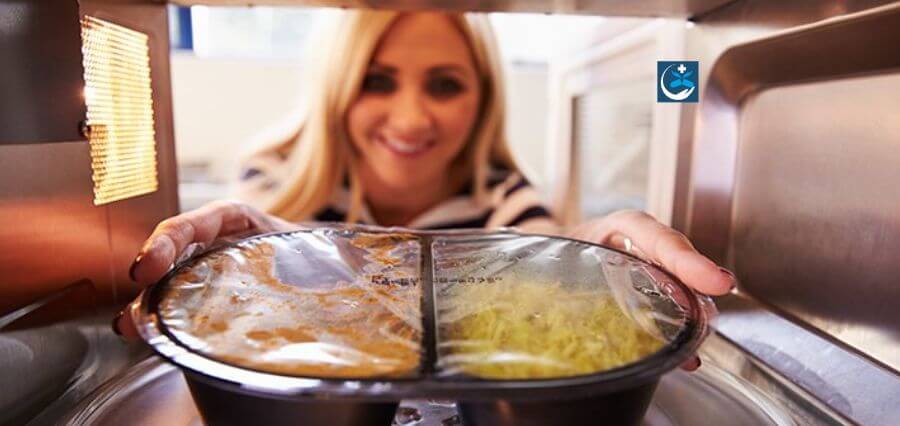Up to 75% of cultivated kidney cells perish when exposed to plastic particles.
According to new research from the University of Nebraska-Lincoln, the fastest way to heat food and beverages may also be the fastest way to consume large amounts of minute plastic particles.
According to experiments, microwaving plastic baby food containers found on U.S. shop shelves can result in the emission of a significant amount of plastic particles, up to 2 billion nanoplastics and 4 million microplastics for every square centimetre of the container.
The Nebraska researchers also discovered that after being exposed to the same particles for two days, three-quarters of cultivated embryonic kidney cells died. However, the health repercussions of ingesting micro- and nanoplastics are yet unknown. The World Health Organisation advised reducing exposure to such particles in a report published in 2022.
According to Kazi Albab Hussain, a doctorate candidate in civil and environmental engineering at the University of Nebraska-Lincoln and the study’s primary author, “it is really important to know how many micro- and nanoplastics we are taking in.” “We typically know or have an idea about the calorie count, sugar content, and other nutrients in the meals we eat. We should also be cognizant of the amount of plastic particles in our meals, in my opinion.”
“Just as we understand the impact of calories and nutrients on our health, knowing the extent of plastic particle ingestion is crucial in understanding the potential harm they may cause. Many studies, including ours, are demonstrating that the toxicity of micro- and nanoplastics is highly linked to the level of exposure.”


